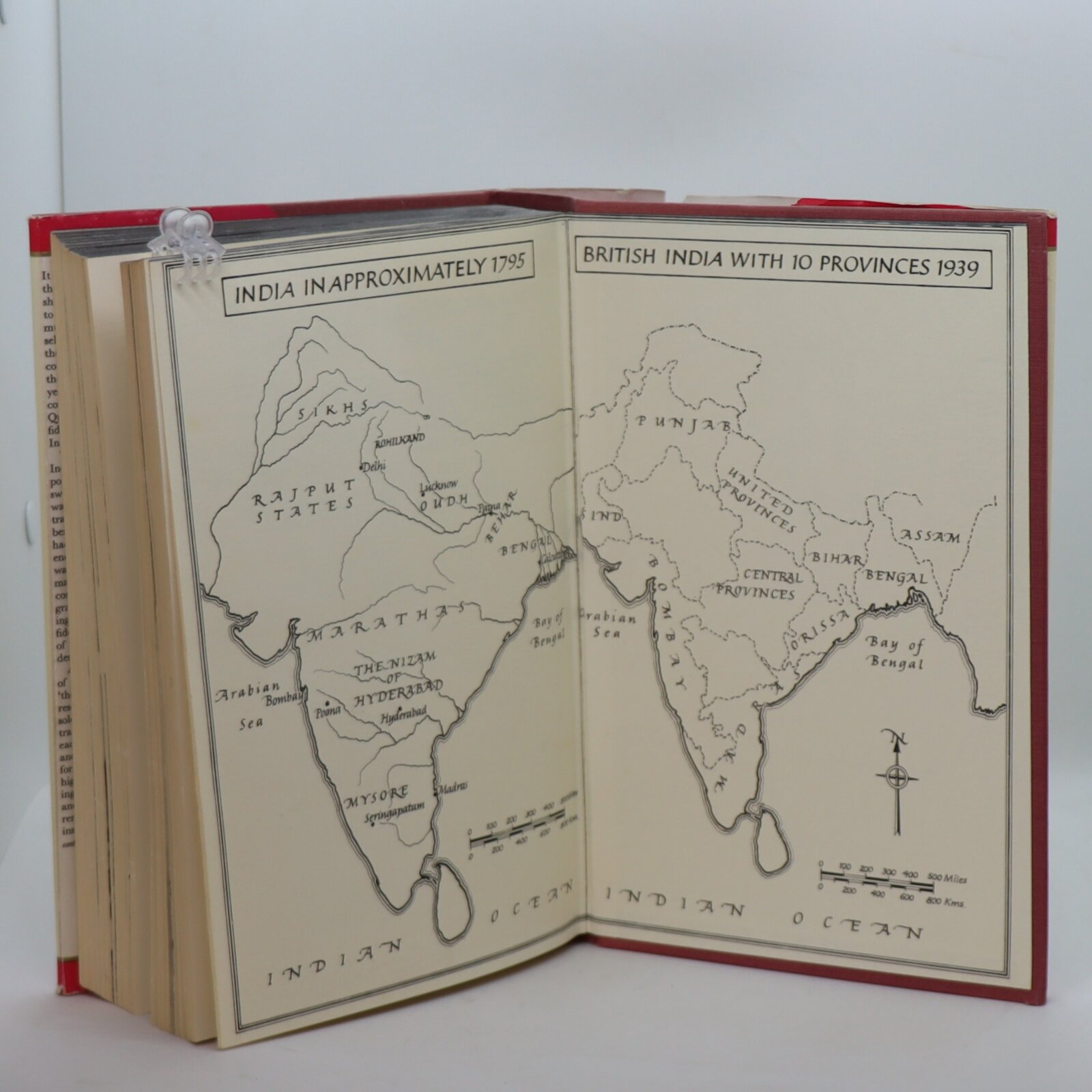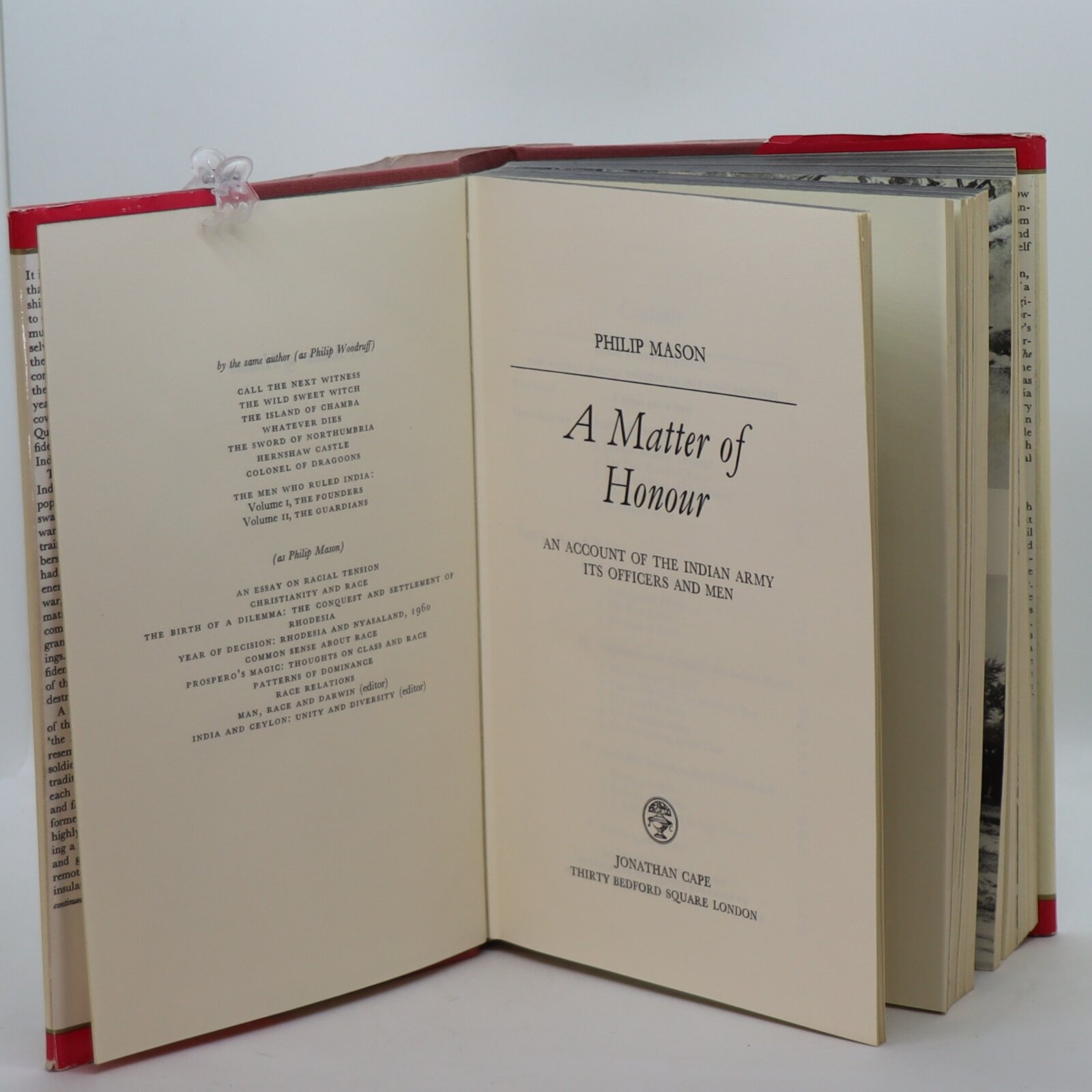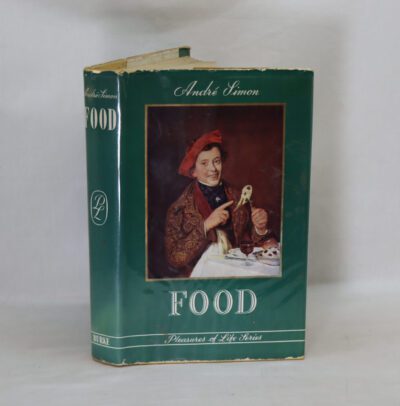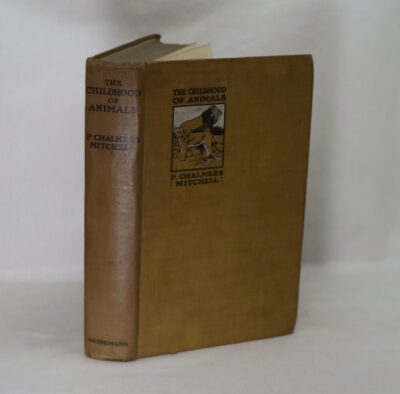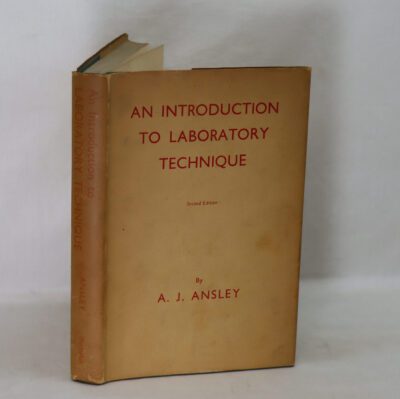A Matter of Honour.
By Philip Mason
ISBN: 9780224009782
Printed: 1974
Publisher: Jonathan Cape. London
| Dimensions | 17 × 25 × 5 cm |
|---|---|
| Language |
Language: English
Size (cminches): 17 x 25 x 5
Condition: Fine (See explanation of ratings)
Item information
Description
In the original dustsheet. Brown cloth binding with gilt title on the spine.
F.B.A. provides an in-depth photographic presentation of this item to stimulate your feel and touch. More traditional book descriptions are immediately available.
First edition
A Matter of Honour: An Account of the Indian Army, Its Officers and Men.
F.B.A. has a number of Artifacts from this Army including the sword of a past Viceroy. https://www.f-b-a.com/product/sword-lord-mayos/
Following adoption of the Government of India Act 1858, which transferred control of India from the East India Company to the British Crown, the Governor-General as representing the Crown became known as the Viceroy. The designation “Viceroy,” although it was most frequently used in ordinary parlance, had no statutory authority, and was never employed by Parliament. Although the Proclamation of 1858 announcing the assumption of the government of India by the Crown referred to Lord Canning as “first Viceroy and Governor-General,” none of the Warrants appointing his successors referred to them as “viceroys,” and the title, which was frequently used in warrants dealing with precedence and in public notifications, was basically one of ceremony used in connection with the state and social functions of the sovereign’s representative. The Governor-General continued to be the sole representative of the Crown, and the Government of India continued to be vested in the Governor-General-in-Council.
The Viceroys reported directly to the Secretary of State for India in London and were advised by the Council of India. They were largely unencumbered in the exercise of their authority and were among the most powerful men on earth in the Victorian and Edwardian eras, ruling over an entire subcontinent with a large military force at their disposal in the form of the British Indian Army. Under the terms of the Government of India Act 1919, viceroys shared some limited aspects of their authority with the Central Legislative Assembly, one of the first steps in the establishment of Indian home rule. This process was accelerated by the Government of India Act 1935 and ultimately led to the independence of India and Pakistan as dominions in 1947. Both countries finally severed complete ties with Britain when they became republics – India as a secular republic in 1950 and Pakistan as an Islamic republic in 1956.
Want to know more about this item?
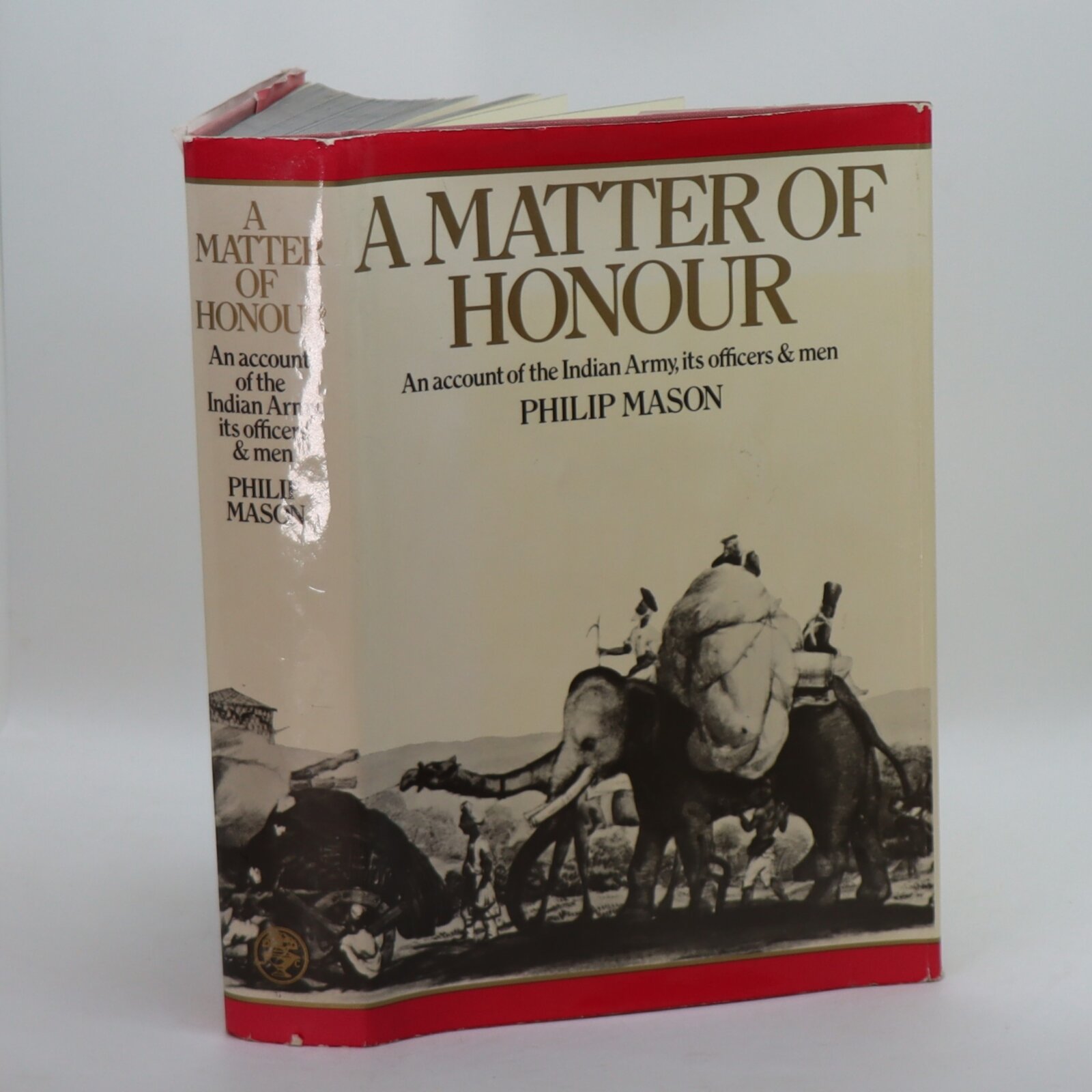
Related products
Share this Page with a friend

